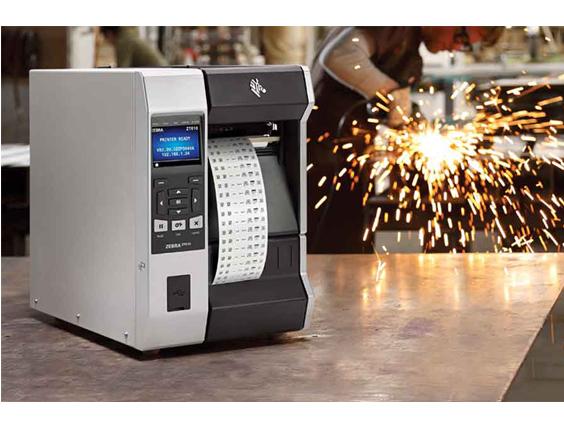When it comes to stock management, there are so many different types of systems to choose from. All systems have their own advantages and limitations, and which one you decide to go with depends on the needs of your business. But the purposes of these systems are always the same: improve data management, accessibility and reduce costs.
Improving data is considered to be the backbone of operations. Data entry enables a company to produce accurate reports and make predictions about future needs and actions. Barcode labels are the most cost-effective tool for organisations to ensure data credibility and to prevent human error. Apart from near perfect accuracy, barcoding systems enables faster working, as time is saved by eliminating the time needed to manually correct errors.

Every stock management system is unique, and it’s this uniqueness which allows them to be utilised by so many different industries, from healthcare and manufacturing to retail and warehousing. Here are some of the things you need to consider when thinking about implementing a new stock management system into your business.
Is the Cost Worth the Benefit?
Implementing a complete stock management system into a business can, initially, be a costly affair. The cost of the equipment needs to be weighed against the potential long-term savings that can be made by having the system in place. You need to decide if the cost is worth it; however, it is still very much dependent on the company’s commitment to wide-spread implementation and acceptance of the stock management technology within the business.
Profits are more likely to be generated when the stock management systems are being supported by improved processes. So, when implementing a new system, every possible process improvement should be evaluated. Savings can be made in labour cost reduction, improved customer service, supplier response times, better capital and inventory management, more efficient space management and lower equipment costs.
These apparent savings are then backed with more ‘hidden’ savings that should be considered when performing cost analysis. For example, production could be sped up when processes have become automated; companies could fulfil customised solutions for their customers with the use of unique product barcodes; and warehouse costs could be cut with real-time monitoring of inventory.
More savings may only become apparent once a stock management system has been put in place. So, before thinking about investing in any kind of stock management, weigh up the initial costs against the potential savings you stand to make.
Choosing the Right Printer
Barcode printing technologies vary widely. But choosing the right one for your business is not as difficult as it may seem. You just need to assess the needs and wants of your business and how the different types of printers can benefit these. First, you should consider the following to determine what type of printer will work best in your business:
- Decide on the intended use of the barcodes.
- Think about where the printers will be located.
- The environment the printers will operate in.
- Anticipated duty cycles for the printers.
- Any minimum speed requirements.
- Dimensions of the labels.
- Frequency that the label specifications are likely to change.
- Environments the labels are likely to be exposed to.
- Network connected or standalone terminals?
- Your budget.
Environmental conditions are important; some printers will be designed for harsh industrial environments, whereas desktop printers might be better for light industry and office use. You will need to consider your daily output, as well as the volume and speed you require your labels to be printed.
If you want durable label images, then you’ll need thermal transfer for crisp, long-lasting images. Direct thermal printers, comparatively, are better for short-term application. You will also need to consider print resolution, as using labels for applications such as in the pharmaceutical industry will require printing barcodes on small labels, and higher resolution will allow for this without impairing scanner readability.
Find a balance between printer performance and application so that it can become a natural extension of your business operations. The resulting higher efficiency will help the overall productivity and bottom line.

Integrated Stock Control Software
Stock management doesn’t have to stop at barcoding systems. You can have a full inventory system within your business. If you have stock , you can add our G-Smart Stock Software seamlessly into this system to provide you with accurate, real-time information about your stock levels within your operations. The stock solution via barcodes in your existing system, allowing for flexible mobile operations and can be updated in the future to grow alongside your business needs. If you’re an SME, the G-Smart Stock is the ideal solution for getting your business set-up for automated barcode inventory management.


















